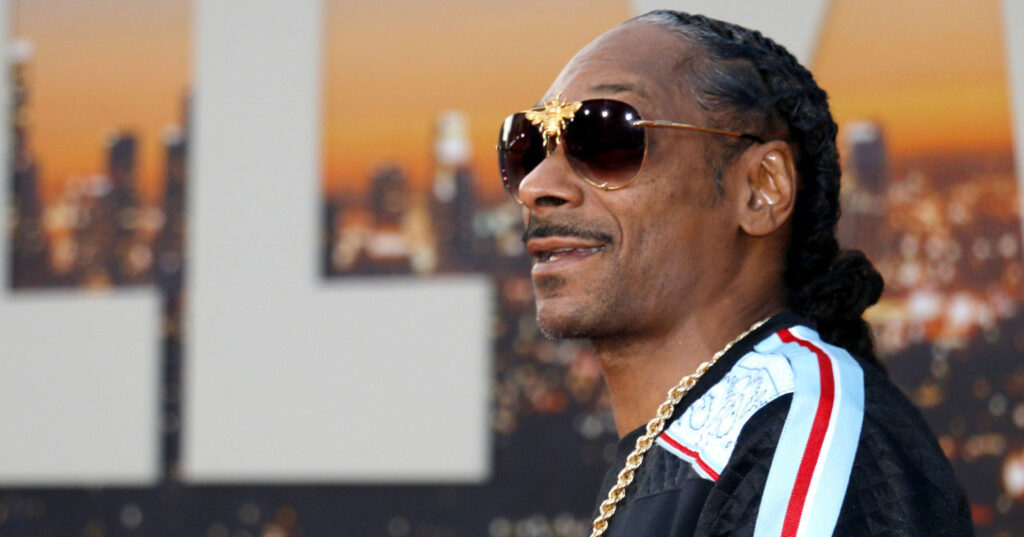
By Anii Nwizu
Using celebrities is a significant part of marketing and public relations. This is something that the world-famous rapper from Compton, Snoop Dogg, is familiar with. From energy drinks targeted towards gamers to a “crook to cook” cookbook, Snoop has been the star in a plethora of advertising campaigns. However, a recent campaign featuring the icon did not go so well for the company or the CEO.
The campaign began with a simple social media post shared by Snoop Dogg on Twitter, Instagram, Facebook, and other platforms. It was a straightforward black-and-white photo of Snoop Dogg doing a prayer hand stance with text on the side. The text said “After much consideration and conversation with my family, I’ve decided to give up smoke. Please respect my privacy at the time”. This sent everyone into a media frenzy. Several people were discussing the post online and big-name accounts were reposting. Anyone who knows of Snoop Dogg knows he is an avid cannabis consumer and enthusiast. To many, it was a huge smack in the face. It even had many questioning their own habits and planning to quit smoking. That was until the Solo Stove released a commercial a week after the original post.
To everyone’s surprise, Snoop Dogg had not put down his old habits. Instead, it was revealed that he was collaborating with Solo Stove and their new smokeless fire pit. It was a very successful collective gotcha moment that got a serious amount of attention and buzz. In fact, Ad Age listed it at #18 on its Top 40 Ads of 2023. After the campaign launched, the brand gained over 60 thousand Instagram followers, received over 30 million engagements on posts, and garnered billions in earned media impressions. Major mainstream media outlets like CNN even covered the campaign. Despite this, the sales of the Solo Stove did far less than what was projected. According to Solo Stove interim CFO Andrea Tarbox, the campaign “raised brand awareness” but “did not lead to the sales lift that they had planned.” Due to poor sales, CEO John Merris was terminated from his position. So what went wrong?
After doing research, the majority of sites stated that Solo Stove had primarily been focused on direct-response marketing, heavily investing in social media and other measurable marketing channels. Therefore, the Snoop Dogg campaign represented a significant departure from their usual approach. Some blame the arguably high price, which falls between $200 and $400. Others blame the fact that when the campaign was released, they launched it with only a month left in the quarter. But I have my own idea of what the issue could be. To me, this is an issue of knowing your audience.
When I would see social media accounts talking about the Snoop Dogg debacle, they were mostly African-Americans. The accounts I saw reposting it were ones like TheShadeRoom, WeCelebDaily, and RapTv. These are all accounts that cater to an African American audience. Using Snoop Dogg for an advertising campaign in general is, in a way, using black culture to sell a product. That being said, the product you are selling must appeal to this audience as well. Due to preferences, a smokeless fire pit is not something individuals in the Black community are seeking to buy. A better audience would be those living in the suburbs of California or those devoted to environmental awareness. Solo Stove was able to create a massive buzz, but they did so in the wrong community. This is why as PR practitioners we must be able to do P.E.S.T and S.W.O.T analyses. Executing these analyses provides a structured framework for understanding your business’s current position, identifying strategic opportunities, and minimizing potential risks.
Contact: LinkedIn



Hi! This is such an interesting approach to the Snoop campaign, and one that I had not thought of. You make some solid points about failure in audience demographic in relation to the smokeless fire pit. I like your suggestion of focusing on suburban living Californians and environmentally aware individuals, and having read your perspective, it seems clear this audience would have provided higher profits for the campaign success.